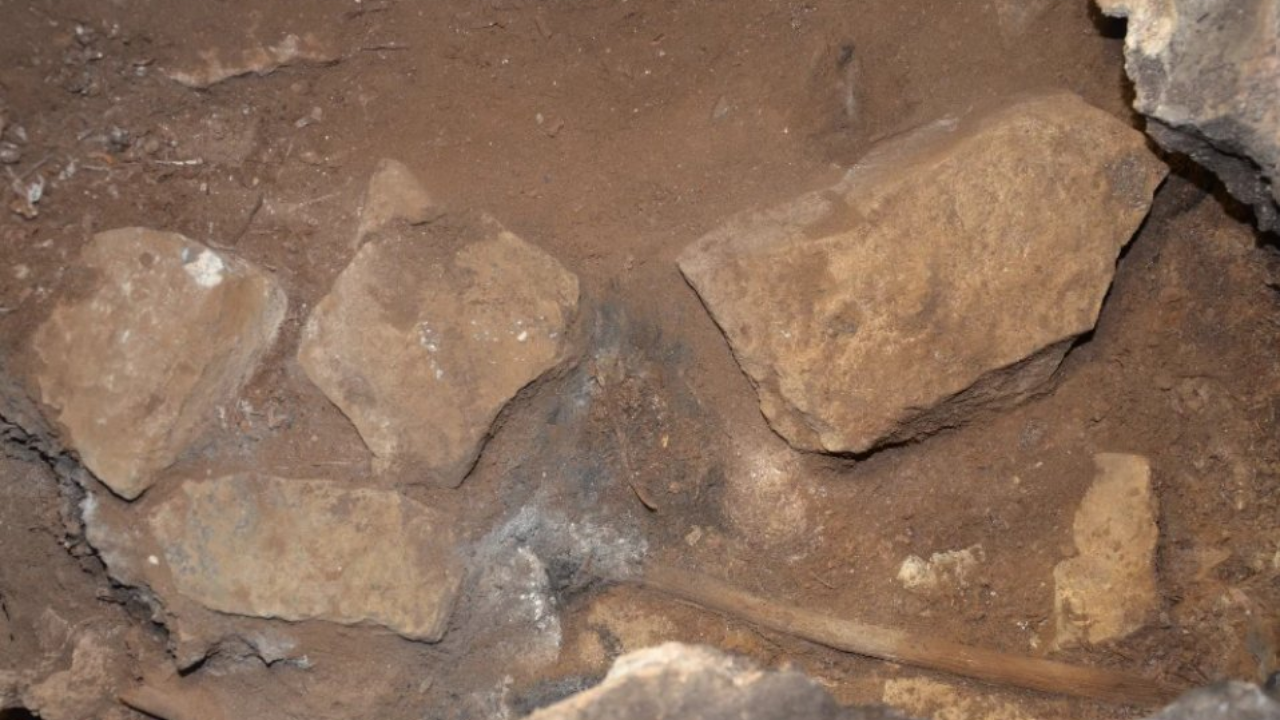Evidence Of 12,000-Year-Old Aboriginal Ritual, World’s Oldest, Found In Australian Cave: Study

- by Admin
- July 13, 2024

Aboriginal Sticks Discovered in Australian Cave | Image Credits: X/@edwardsdna
Archaeologists have uncovered evidence of an Aboriginal ritual in an Australian cave that has been passed down through 500 generations, surviving 12,000 years. This discovery, according to a new study, may represent the oldest known continuous cultural practice in the world.
The discovery was made at Cloggs Cave, near the small Australian town of Buchan, about 350 kilometres east of Melbourne. Researchers found a piece of wood protruding from the ground, which carbon dating revealed to be 12,000 years old, dating back to the end of the last Ice Age.
According to a report by CNN, Bruno David, a professor at the Monash Indigenous Studies Centre in Australia, said, “12,000-year-old artefacts don’t survive in the ground for that long. Normally they just disintegrate.”
In addition to the 12,000-year-old stick, researchers found another wooden stick, which was 1,000 years younger but remarkably similar. Both sticks were smeared with animal or human fat, found next to miniature fireplaces, and had been briefly burnt.
The research team from Monash University began investigating Cloggs Cave in 2017 at the request of the GunaiKurnai Land and Waters Aboriginal Corporation (GLaWAC). This organisation represents the GunaiKurnai people, whose rituals were documented in the 19th century by geologist and ethnographer Alfred Howitt.
Howitt recorded the rituals performed in Cloggs Cave by powerful GunaiKurnai individuals, whom he referred to as “sorcerers,” “wizards,” or “medicine men and women,” but who are known as “mulla-mullung” among the GunaiKurnai people. Their rituals involved using a throwing stick with attached human or animal fat to harm adversaries or heal the sick.
GunaiKurnai Elder Uncle Russell Mullett credited “the spirits that still live” in the area for helping researchers discover the artefacts, noting that the discovery could easily have been missed.
Excavations conducted 50 years ago without consulting the GunaiKurnai people had uncovered miniature fireplaces in the cave, but researchers had not analysed the plant material, such as the wooden sticks, in detail.
Archaeologists also revealed that the caves were used almost exclusively as a ritual site, finding no evidence of vertebrate food remains. This matches the ethnographic records and current GunaiKurnai knowledge.
The Latest News
-
December 27, 2024‘Extremely lucky’: Waugh takes aim over Kohli sanction
-
December 27, 2024Moore Park advocates say consultancy fee nearing $1 million is a double-bogey – Australian Golf Digest
-
December 26, 2024Australia v India: fourth men’s cricket Test, day two – live
-
December 26, 2024Live: ASX to rise as Wall Street ends flat, gold jumps on demand
-
December 26, 2024Local Australian Open hope drops ‘sad’ news on eve of tournament




